While everyone knows that archaeological discoveries are made after hard work at different sites around the world, we forget that many of the treasures unearthed were found right in the middle of our busy cities. Take for example Italy, filled with ancient treasures from the Roman ages, many of them still hidden under our own feet. This time the discovery was made in the city of Como, but it all started with a team of construction workers that began excavations at the site of a 19th Century Theater. Prepare to see a treasure “unlike anything else ever found”!


While everyone knows that archaeological discoveries are made after hard work at different sites around the world, we forget that many of the treasures unearthed were found right in the middle of our busy cities. Take for example Italy, filled with ancient treasures from the Roman ages, many of them still hidden under our own feet. This time the discovery was made in the city of Como, but it all started with a team of construction workers that began excavations at the site of a 19th Century Theater. Prepare to see a treasure “unlike anything else ever found”!
A few months ago, the city of Como was not expecting to make headlines all around the world. When the renovations at the 19th-century Cressoni Theater began, a construction team had to contact the authorities. They had no idea that they discovered an ancient treasure deep under the building!


A few months ago, the city of Como was not expecting to make headlines all around the world. When the renovations at the 19th-century Cressoni Theater began, a construction team had to contact the authorities. They had no idea that they discovered an ancient treasure deep under the building!
When you think of Italy, all these things come to mind. Many tourists go there to see pieces of history, but also enjoy the Mediterranean weather, the culture, and other attractions. However, the Cressoni Theater had a grim fate planned ahead… When you think of Italy, all these things come to mind.
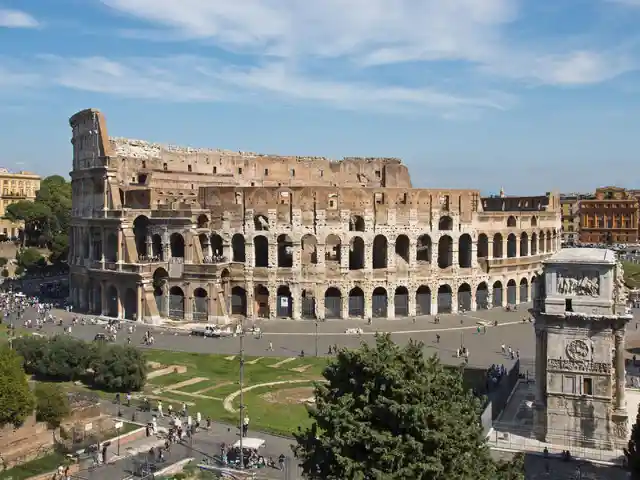
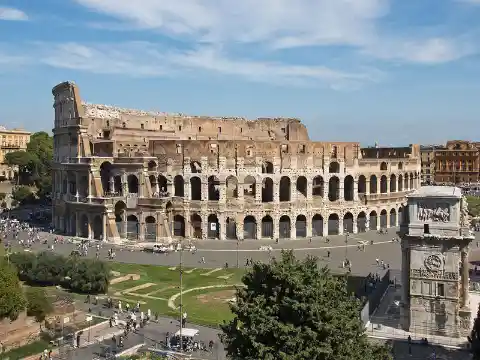
Many tourists go there to see pieces of history, but also enjoy the Mediterranean weather, the culture, and other attractions. However, the Cressoni Theater had a grim fate planned ahead…
Opera was very popular in Italy, and in 1870, the first theater in Como was opened to the public, staging Rigoletto and The Barber of Seville and many famous productions. They even included magician shows and wrestling!
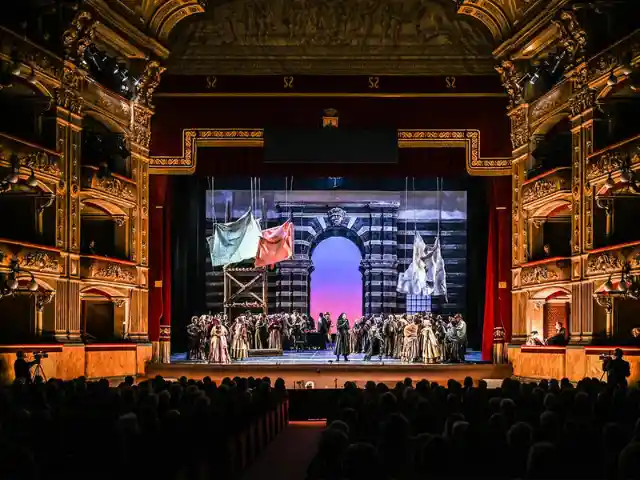

Opera was very popular in Italy, and in 1870, the first theater in Como was opened to the public, staging Rigoletto and The Barber of Seville and many famous productions. They even included magician shows and wrestling!
The theater became a cinema in 1913 and remained that way until it closed its doors in 1997 and was abandoned for over 20 years! In September 2018, the theater was going to be demolished. However, things immediately changed… The theater became a cinema in 1913 and remained that way until it closed its doors in 1997 and was abandoned for over 20 years!
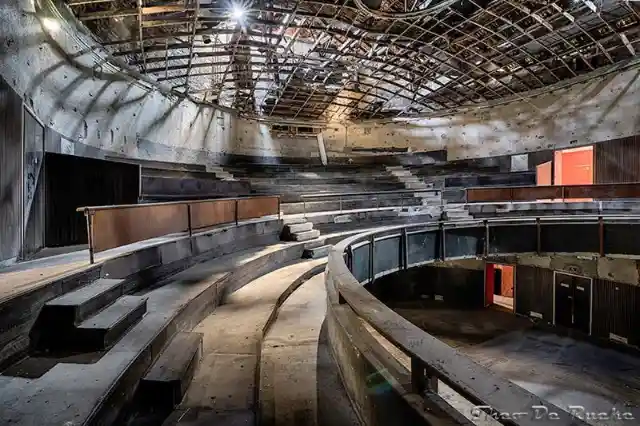
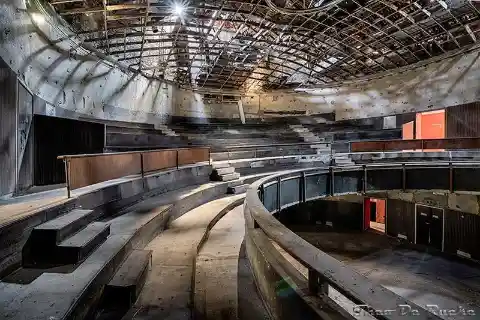
In September 2018, the theater was going to be demolished. However, things immediately changed…
The plan was to tear the old theater apart and make room for a new apartment block. The project began with the excavation. However, everything had to be postponed! This is where things get exciting!
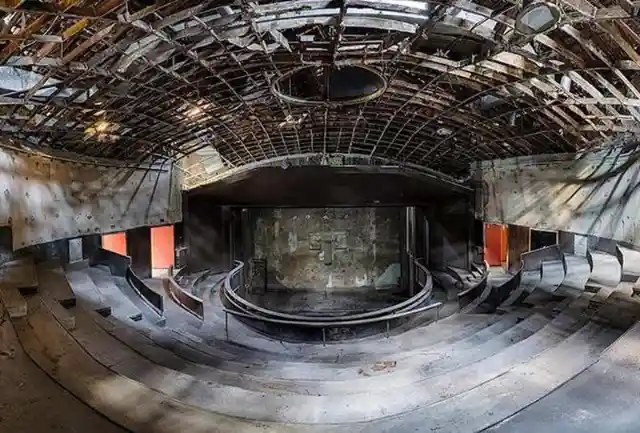
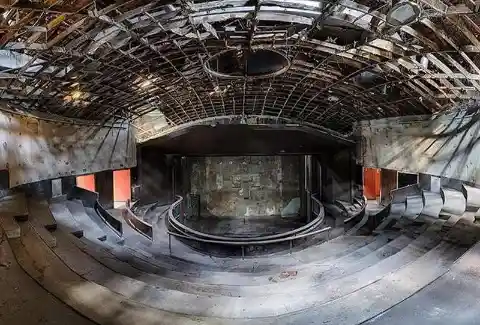
The plan was to tear the old theater apart and make room for a new apartment block. The project began with the excavation. However, everything had to be postponed! This is where things get exciting!
Workers that were excavating had to stop the demolition work. They noticed something strange in the rubble. It looked like a very strange jar, almost as an actual ancient amphora. Taking a better look, it really was an amphora!
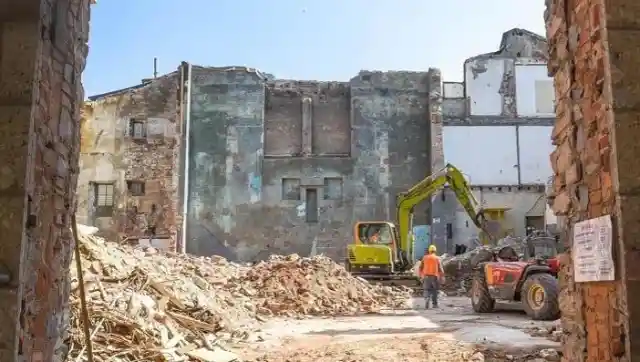
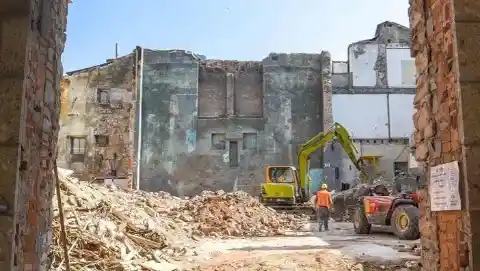
Workers that were excavating had to stop the demolition work. They noticed something strange in the rubble. It looked like a very strange jar, almost as an actual ancient amphora. Taking a better look, it really was an amphora!
Almost blending in with the dirt, the amphora was sitting there, waiting to be found. The workers noticed a hole on a side and got closer. Something yellow shone through, and the builders knew what to do… Almost blending in with the dirt, the amphora was sitting there, waiting to be found.
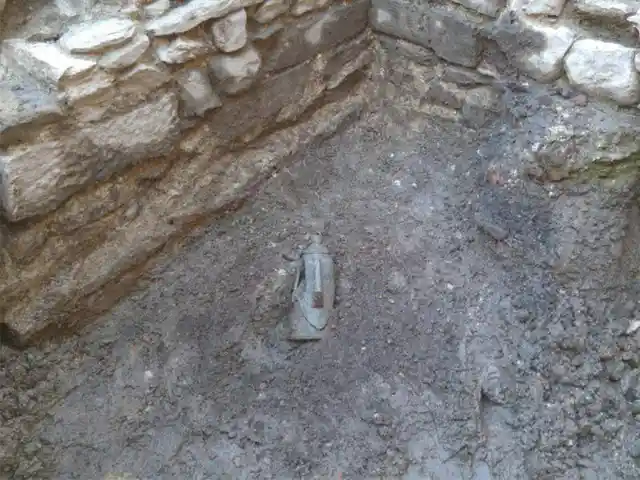
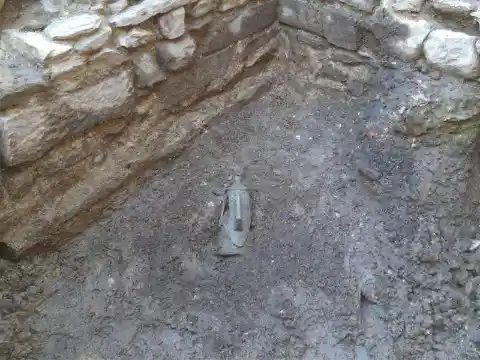
The workers noticed a hole on a side and got closer. Something yellow shone through, and the builders knew what to do…
The builders knew that this was a piece of history, so they did not dare touch the amphora, fearing that it might break. Instead, they halted the entire excavation and called the local authorities. Specialists went to the site to see the mysterious jar.
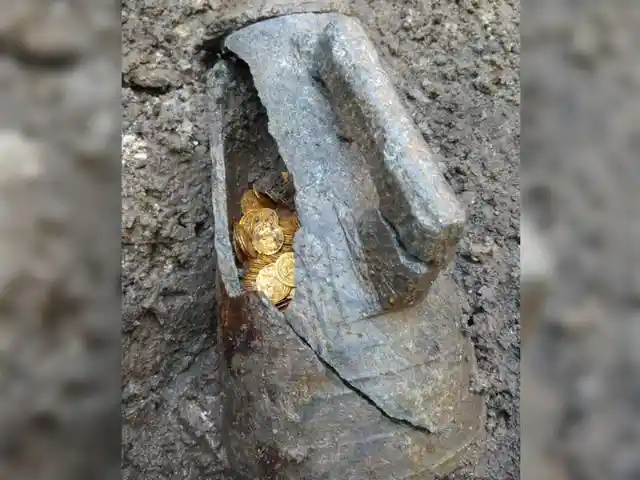
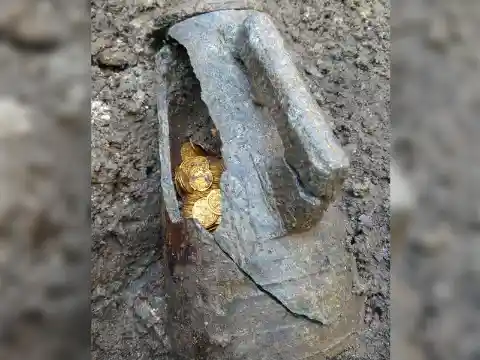
The builders knew that this was a piece of history, so they did not dare touch the amphora, fearing that it might break. Instead, they halted the entire excavation and called the local authorities. Specialists went to the site to see the mysterious jar.
Specialist Maria Grazia Facchinetti stated in a press conference that the amphora indeed contained gold coins that were “were stacked in rolls, similar to those seen in the bank today.” Not only were these coins buried in a jar, but also they were neatly packed! Who buried them?
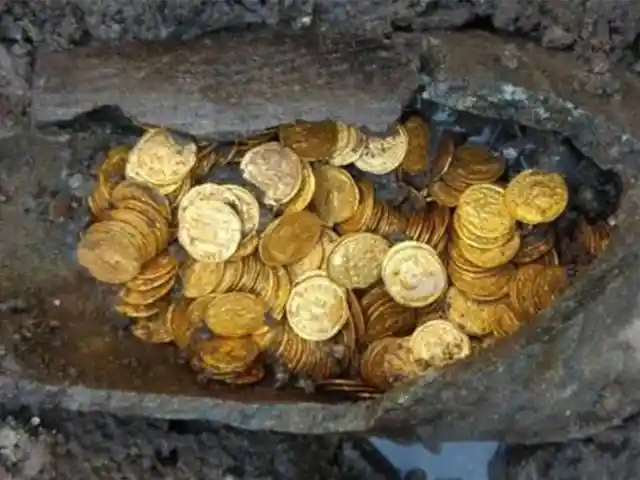
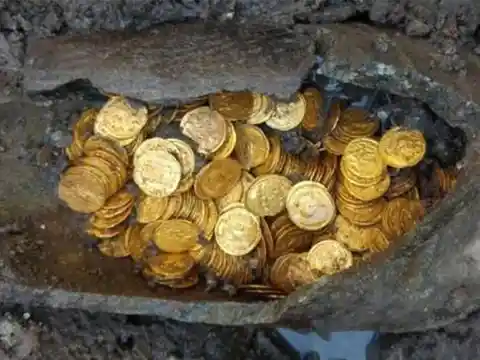
Specialist Maria Grazia Facchinetti stated in a press conference that the amphora indeed contained gold coins that were “were stacked in rolls, similar to those seen in the bank today.” Not only were these coins buried in a jar, but also they were neatly packed! Who buried them?
Facchinetti added that they believe the owner was not a private subject, and the jar might have belonged to a public bank or deposit back in the ancient times. But how old were these coins and what was their value? The answer was what made this discovery essential to archaeologists… Facchinetti added that they believe the owner was not a private subject, and the jar might have belonged to a public bank or deposit back in the ancient times.
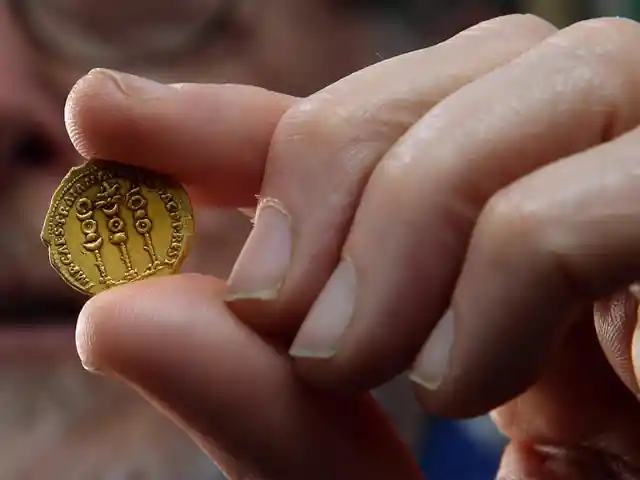
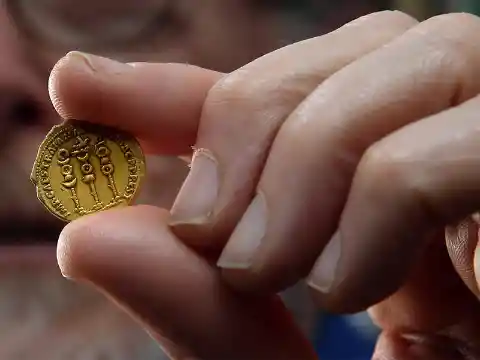
But how old were these coins and what was their value? The answer was what made this discovery essential to archaeologists…
Not only the burial and storage of the coins were strange, but the scientists also discovered that these coins were extremely rare, coming from 474 A.D., which makes these coins over 1,500 years old! But the revelations about the treasure keep coming!
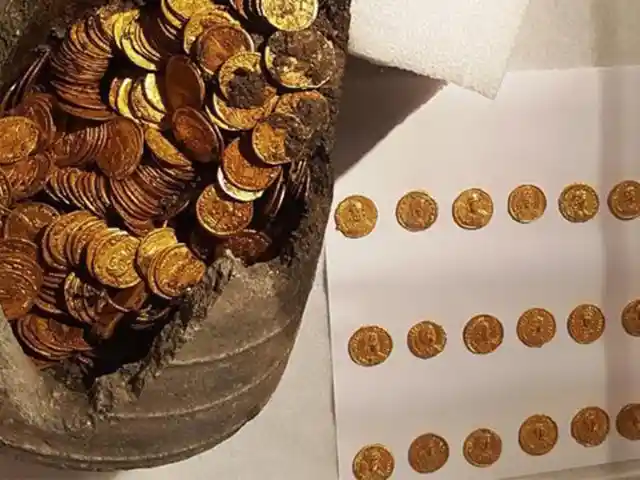
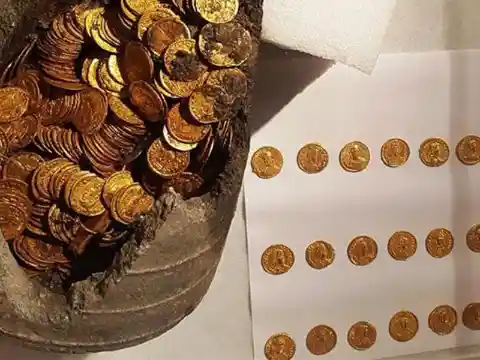
Not only the burial and storage of the coins were strange, but the scientists also discovered that these coins were extremely rare, coming from 474 A.D., which makes these coins over 1,500 years old! But the revelations about the treasure keep coming!
It looks like there were nearly 300 gold coins dating back to the time of the Roman emperors - Libio Severo, Leon I, Antonio and Valentinian III. The hoard dates back from the end of the Roman Empire era, making these coins the last of their kind!
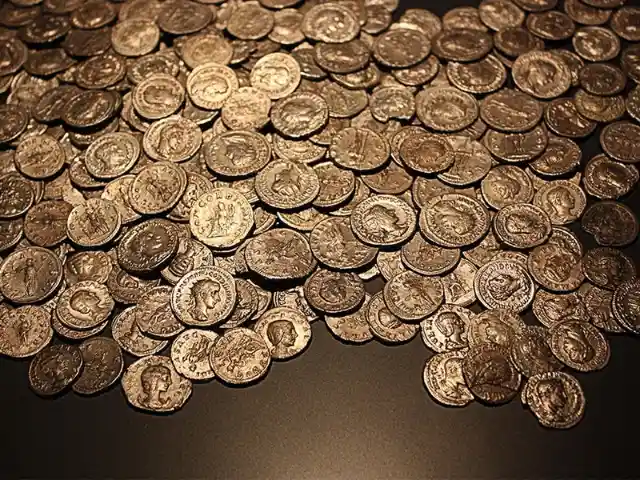
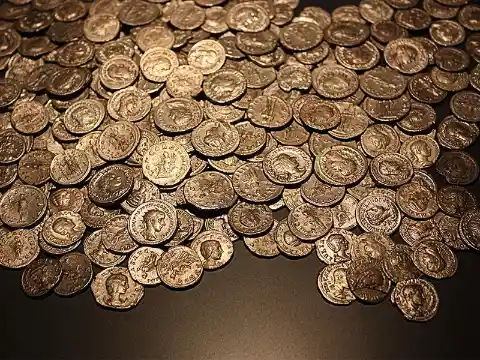
It looks like there were nearly 300 gold coins dating back to the time of the Roman emperors - Libio Severo, Leon I, Antonio and Valentinian III. The hoard dates back from the end of the Roman Empire era, making these coins the last of their kind!
Luca Rinaldi, the local archaeology superintendent, spoke to The Times at the time of the discovery, saying that the treasure was “unlike anything else ever found” in that area. Moreover, he was amazed to see that the coins were not stuck together. What was the coins’ worth?
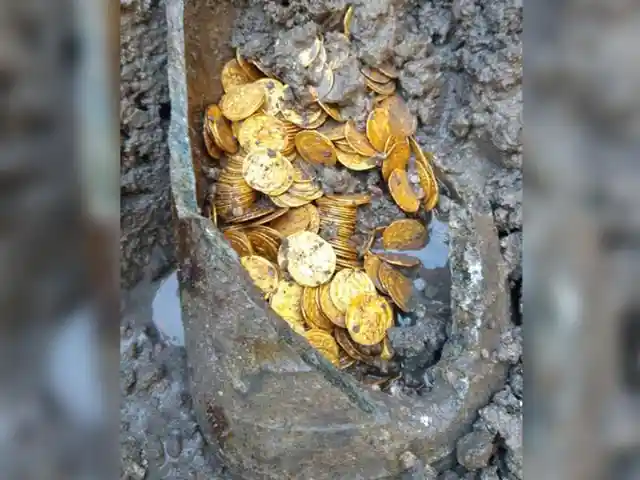
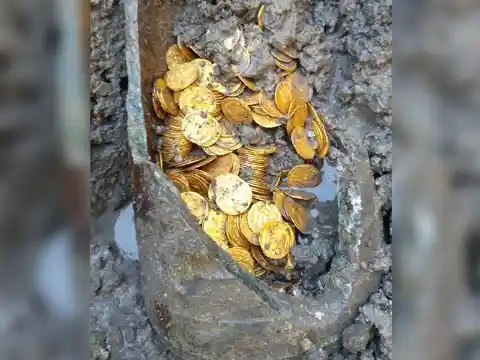
Luca Rinaldi, the local archaeology superintendent, spoke to The Times at the time of the discovery, saying that the treasure was “unlike anything else ever found” in that area. Moreover, he was amazed to see that the coins were not stuck together. What was the coins’ worth?
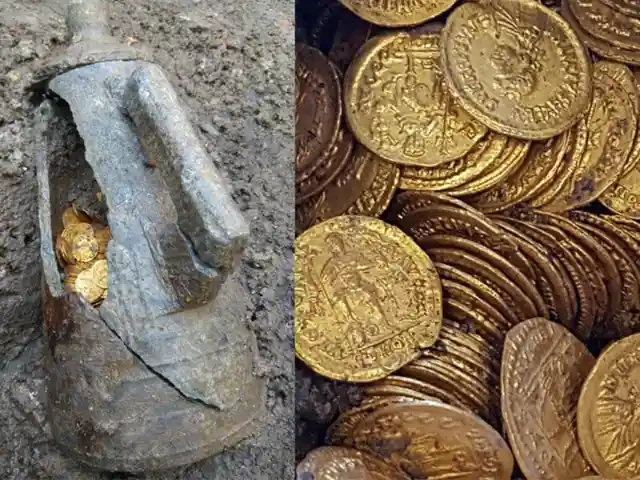
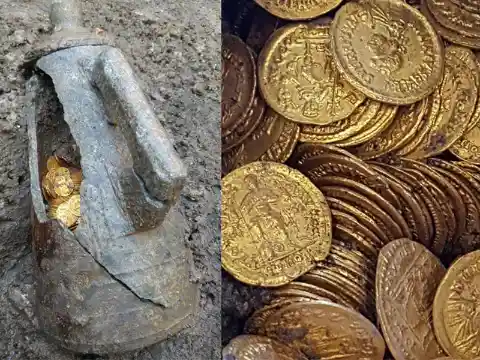
The Italian Minister of Cultural Heritage and Activities Alberto Bonsoli was very excited about this discovery, saying in a news conference that the find is “epochal - one of those discoveries that marks the course of history.” The Italian Minister of Cultural Heritage and Activities Alberto Bonsoli was very excited about this discovery, saying in a news conference that the find is “epochal - one of those discoveries that marks the course of history.”
Considering they are part of the Italian history and culture and of the biggest Ancient empire, the coins’ are priceless. However, according to the precious metals retailer APMEX, each coin was valued at between $2,500 and $5,500. Multiply that with 300 coins, and that is quite a vast hoard!
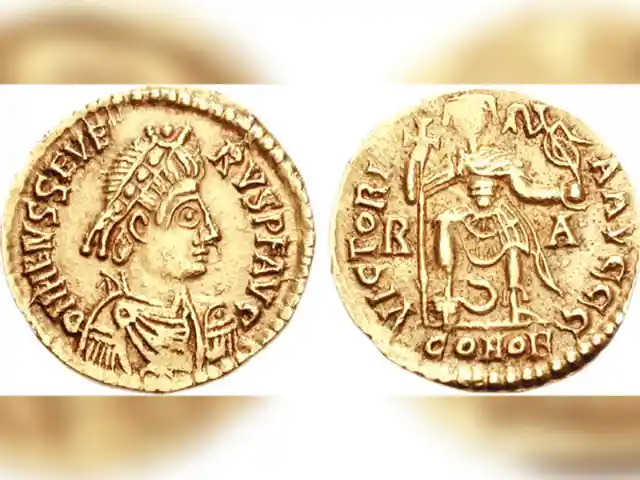
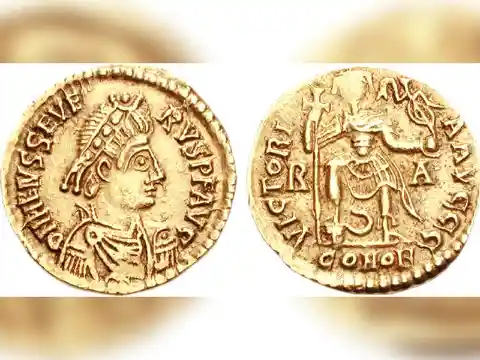
Considering they are part of the Italian history and culture and of the biggest Ancient empire, the coins’ are priceless. However, according to the precious metals retailer APMEX, each coin was valued at between $2,500 and $5,500. Multiply that with 300 coins, and that is quite a vast hoard!
But that’s not everything! Archaeologists found another jar on the site, which contained a gold bar! Even the container of the coins is unique, explained Bonisoli. Como flourished after Caesar built a wall around the town and later became a business hub, which makes the discovery not very surprising after all!
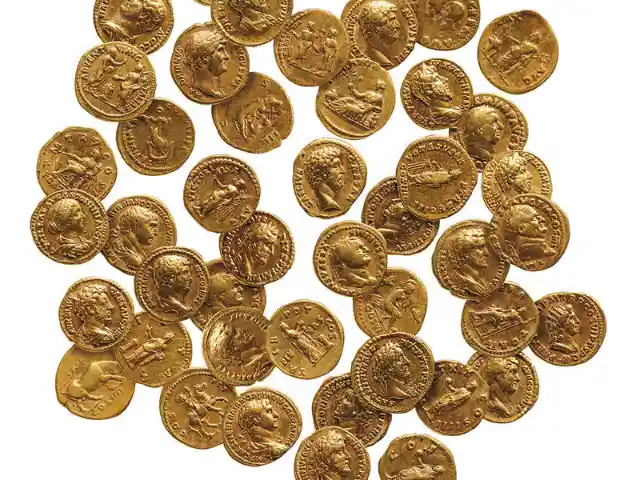
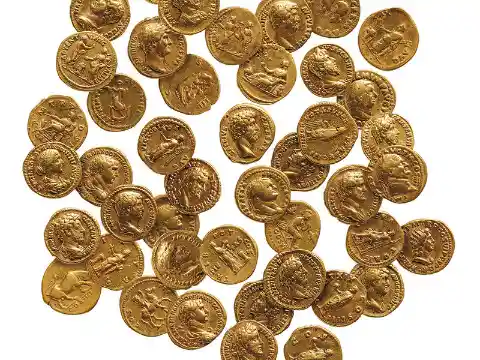
But that’s not everything! Archaeologists found another jar on the site, which contained a gold bar! Even the container of the coins is unique, explained Bonisoli. Como flourished after Caesar built a wall around the town and later became a business hub, which makes the discovery not very surprising after all!
With that in mind, more questions remain. Who was the owner of the coins and why were they buried that way? Experts believe that the haul belonged to a bank, but there might be a different theory they’re considering… With that in mind, more questions remain.
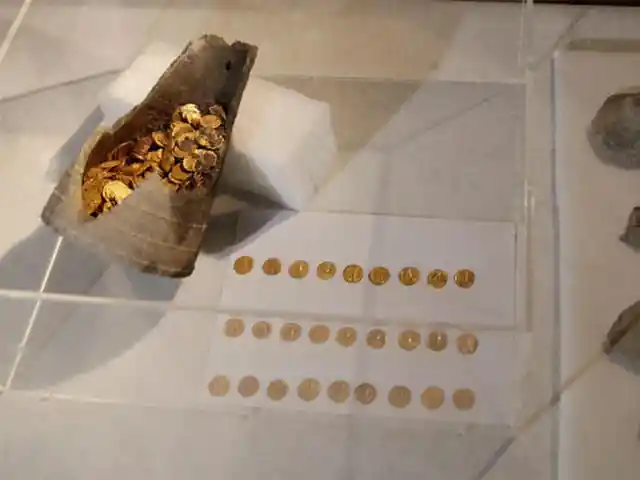
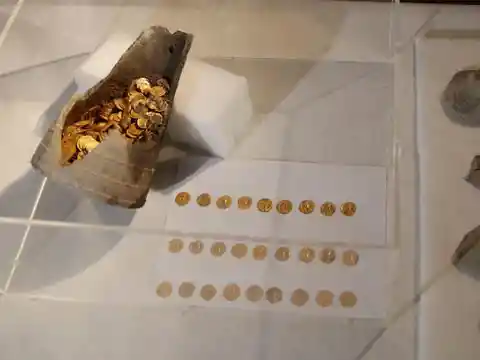
Who was the owner of the coins and why were they buried that way? Experts believe that the haul belonged to a bank, but there might be a different theory they’re considering…
Facchinetti theorized that the container was probably buried by the owner in such a way in case of danger and was planning to go back and retrieve it. However, it was left there untouched for more than 1500 years!
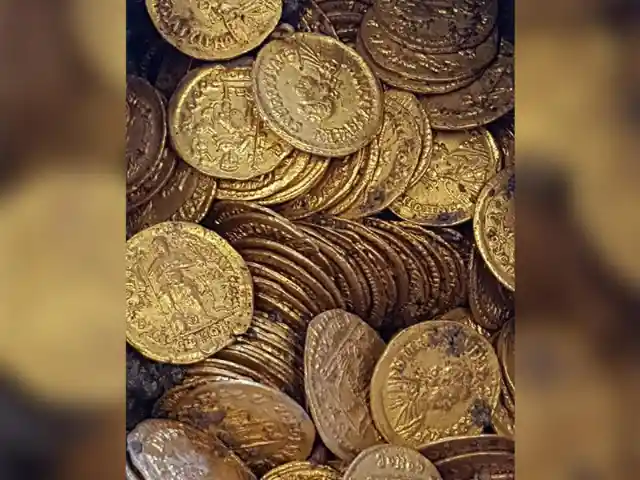
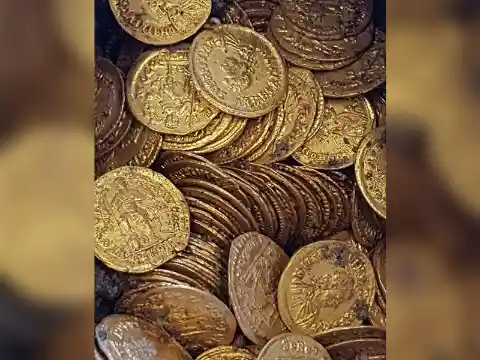
Facchinetti theorized that the container was probably buried by the owner in such a way in case of danger and was planning to go back and retrieve it. However, it was left there untouched for more than 1500 years!
Right now the Como coins, as they are now dubbed are in a laboratory in Milan, where scientists clean and examine them. We are all waiting to learn more about the origin of these valuable coins.
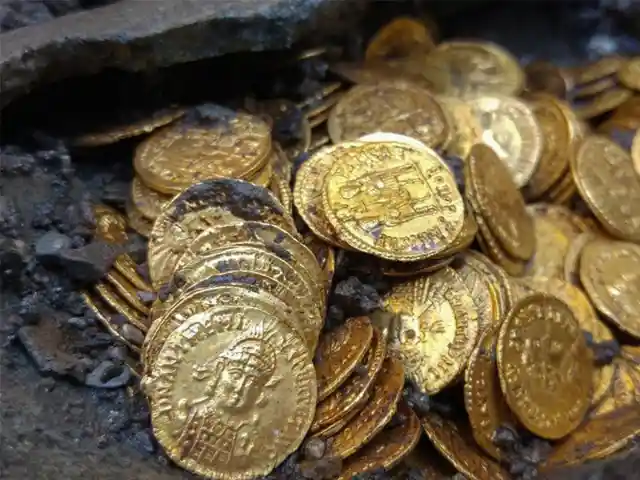
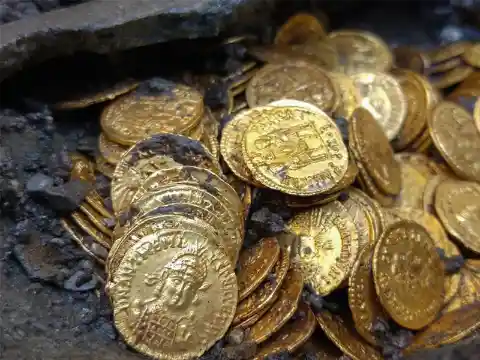
Right now the Como coins, as they are now dubbed are in a laboratory in Milan, where scientists clean and examine them. We are all waiting to learn more about the origin of these valuable coins.
Can the Como coins reveal more about the history of the late Roman Empire period? Right now, these coins are an essential piece of history, since they are the last of the Roman coins to be minted.
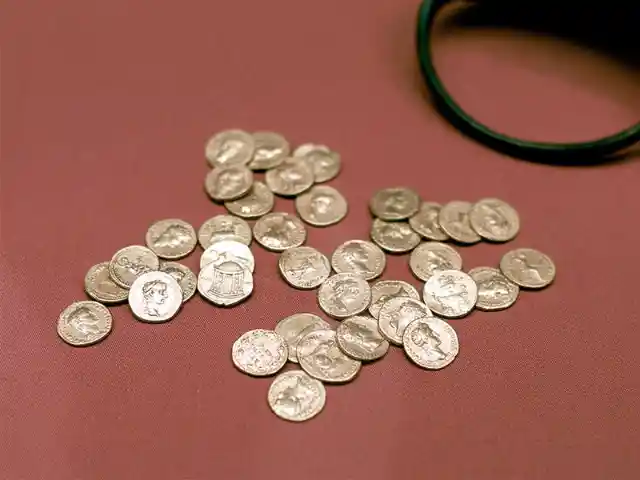
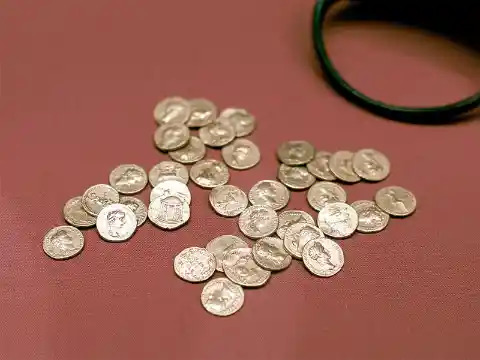
Can the Como coins reveal more about the history of the late Roman Empire period? Right now, these coins are an essential piece of history, since they are the last of the Roman coins to be minted.